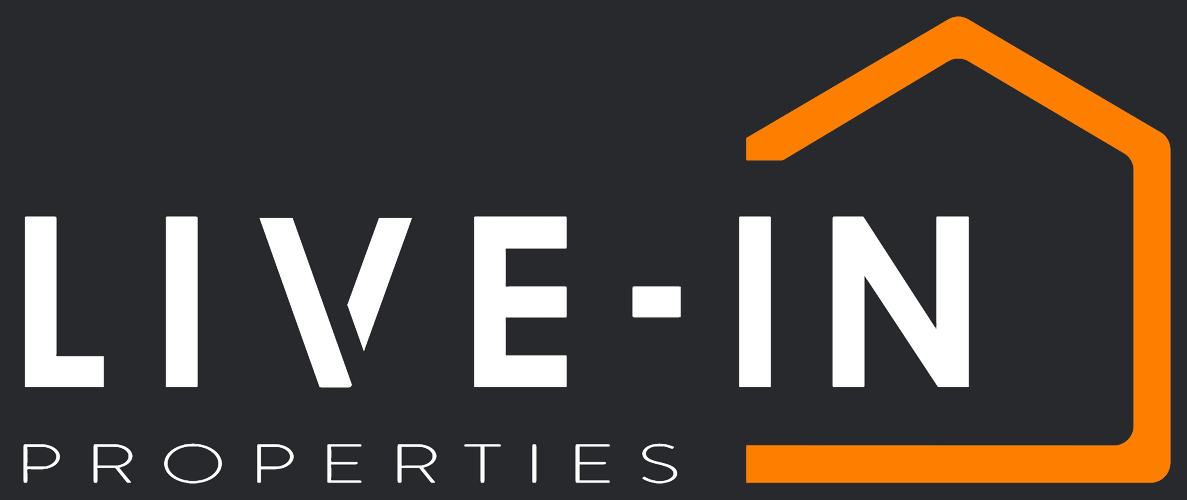Dynamic pricing is a powerful strategy used by property owners and rental managers to adjust nightly rates based on demand, seasonality, and market trends. By implementing a well-structured pricing strategy, hosts can maximize their revenue while remaining competitive. Here’s how dynamic pricing works and how you can use it to your advantage.
What is Dynamic Pricing?
Dynamic pricing is a flexible pricing model where rental rates fluctuate based on real-time factors such as occupancy levels, local events, competitor pricing, and booking trends. Unlike fixed pricing, which remains static regardless of market conditions, dynamic pricing allows property owners to optimize earnings by adjusting rates accordingly.
Benefits of Dynamic Pricing
Maximised Revenue
By adjusting rates to reflect demand, you can charge higher prices during peak seasons and major events while offering competitive prices during low-demand periods.
Improved Occupancy Rates
Competitive pricing ensures more bookings, helping you achieve a higher occupancy rate throughout the year.
Better Market Competitiveness
Staying in line with competitors’ rates helps you attract more guests and avoid underpricing or overpricing your property.
Flexibility and Control
You can set pricing rules, minimum and maximum rates, and adjust pricing strategies based on performance analytics.
Key Factors to Consider in Dynamic Pricing
Seasonality and Demand Trends
Identify peak and off-peak seasons to adjust pricing accordingly. Summer, holidays, and major local events often attract higher demand.
Competitor Analysis
Regularly monitor similar listings in your area to understand pricing trends and set competitive rates.
Booking Window Optimization
Adjust rates based on how far in advance guests book. Offering discounts for last-minute bookings can help fill gaps in occupancy.
Local Events and Holidays
Special occasions, festivals, and conferences drive demand, allowing you to increase rates for specific dates.
Length of Stay Discounts
Encourage longer bookings by offering discounted rates for extended stays, reducing turnover costs and ensuring stable income.
Tools and Techniques for Implementing Dynamic Pricing
Automated Pricing Software
Tools like PriceLabs, Beyond Pricing, and Wheelhouse use algorithms to set optimal pricing based on market data.
Manual Adjustments
Regularly review and tweak pricing based on occupancy trends and market conditions.
Experimentation and Data Analysis
Track booking trends, test different pricing strategies, and analyze performance metrics to fine-tune your approach.
Conclusion
Dynamic pricing is an essential strategy for maximizing nightly rates and boosting overall revenue. By leveraging data, monitoring market trends, and using automation tools, property owners can stay ahead of the competition and optimize their rental income. Whether you manage a vacation rental, serviced apartment, or hotel, implementing dynamic pricing will help you achieve better financial results and higher occupancy rates throughout the year.

